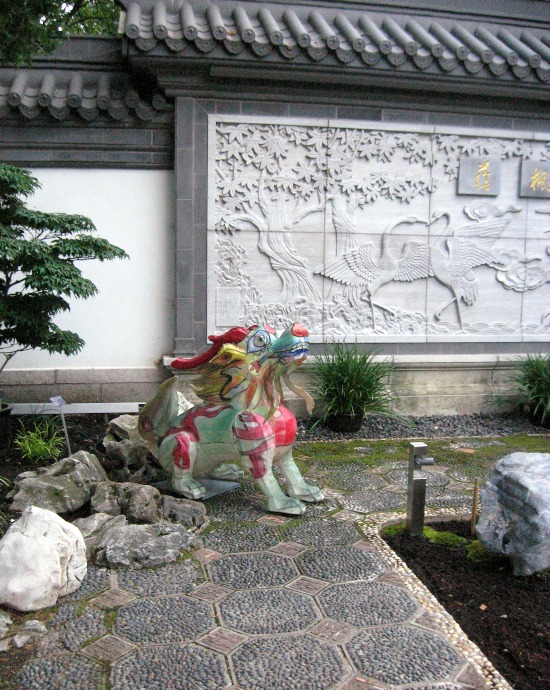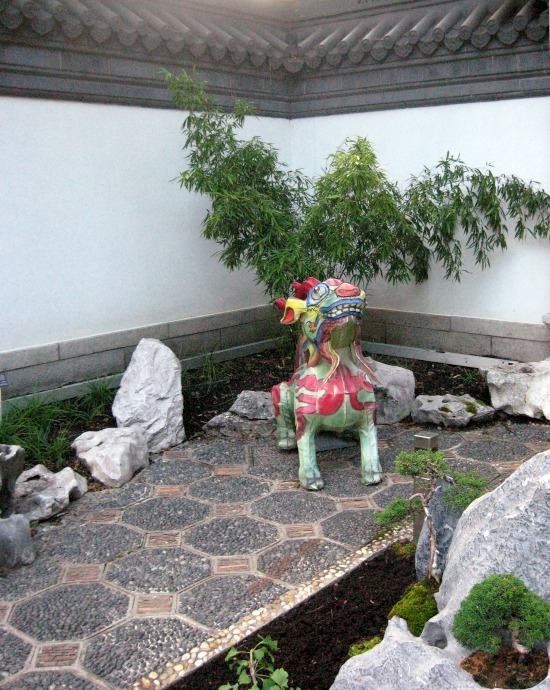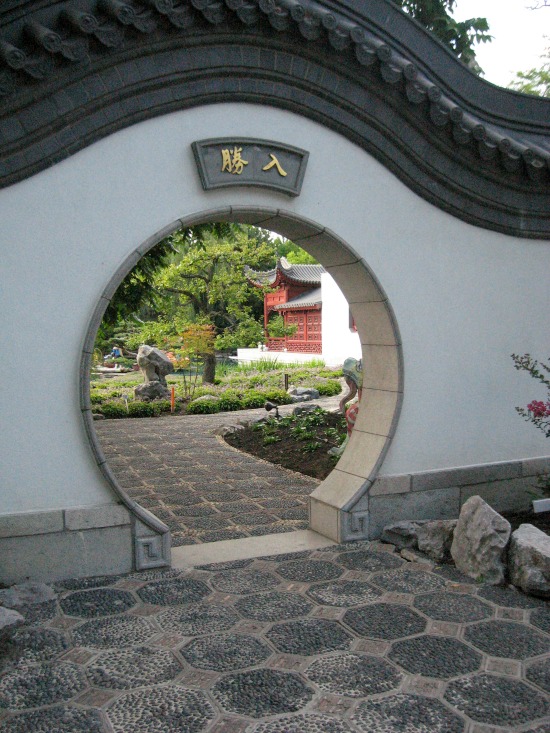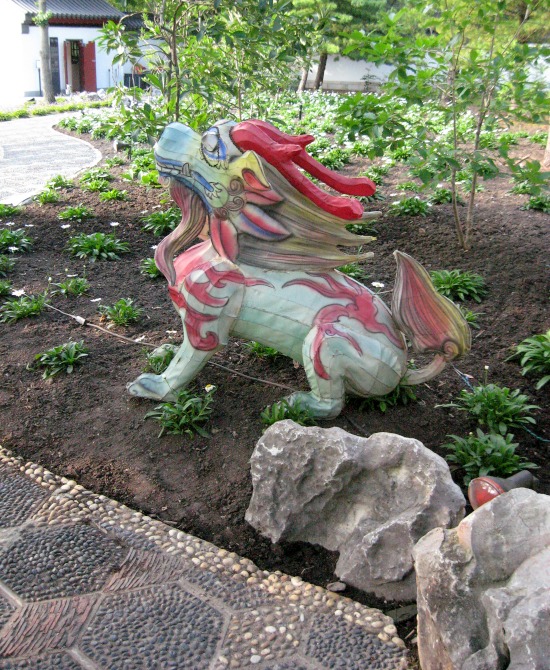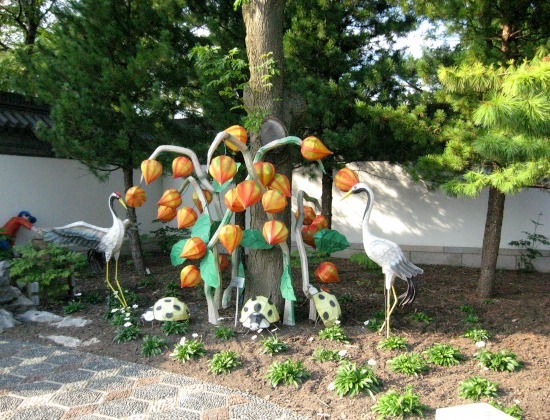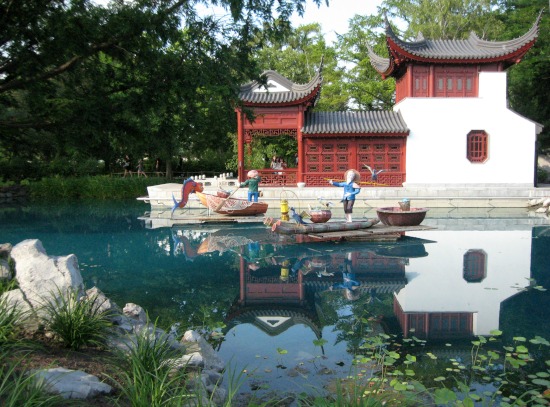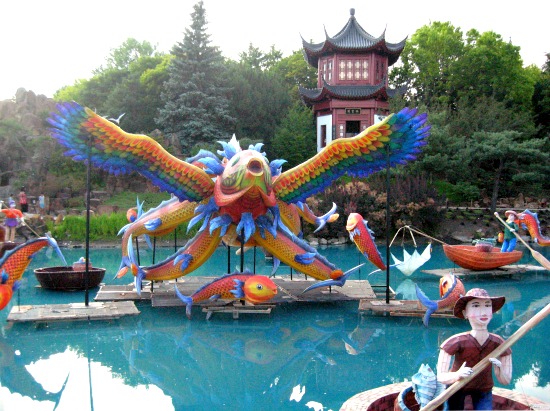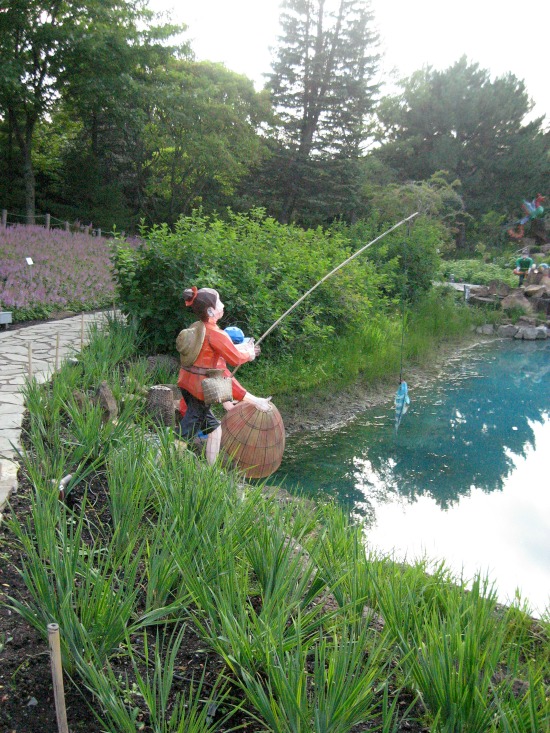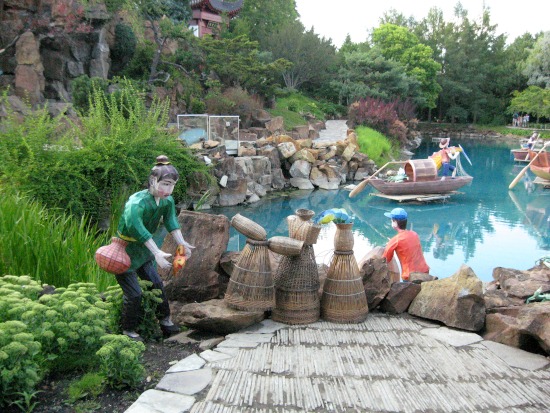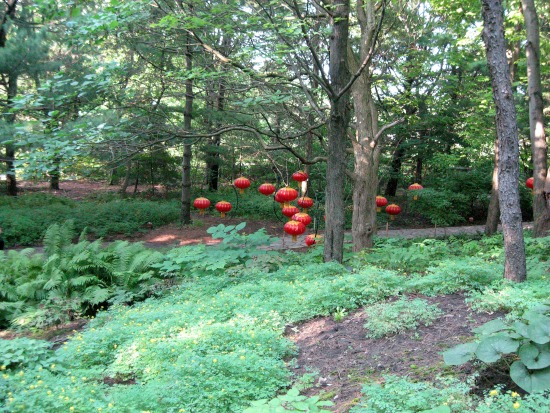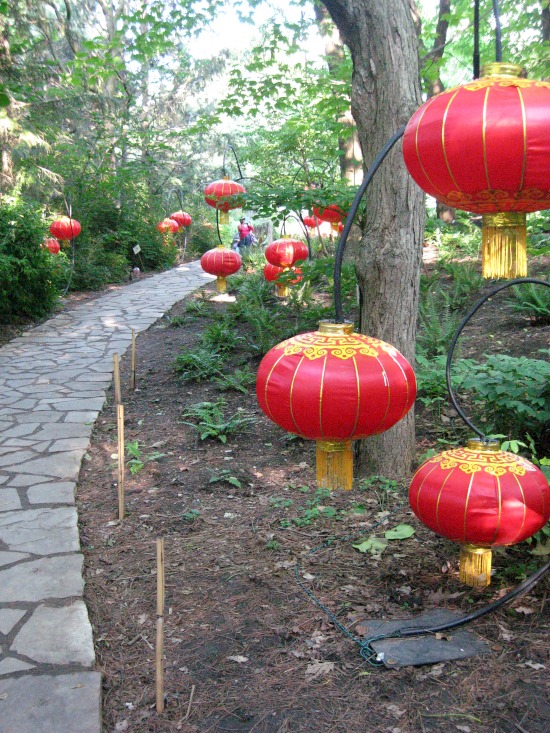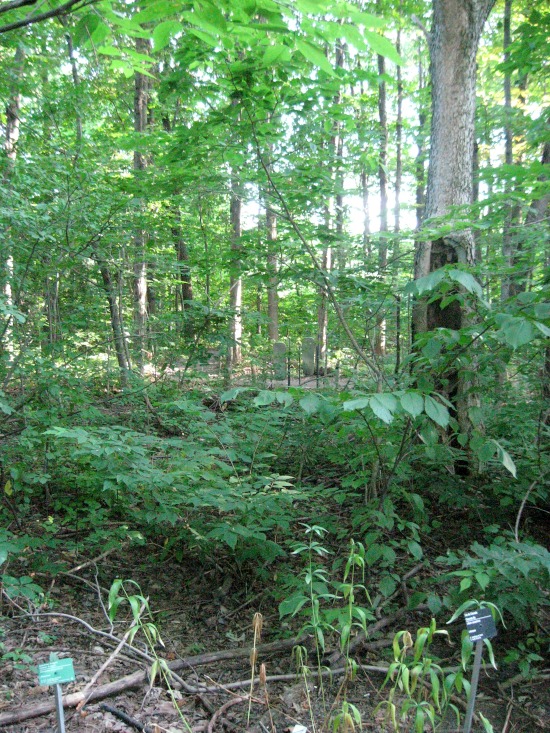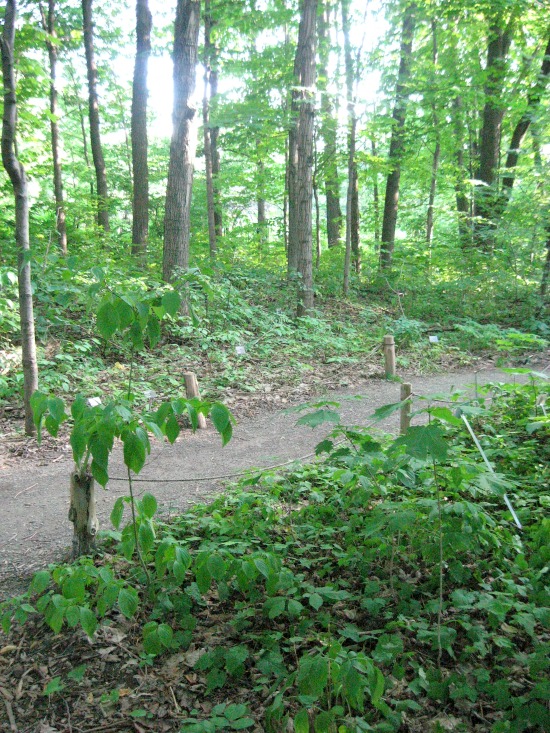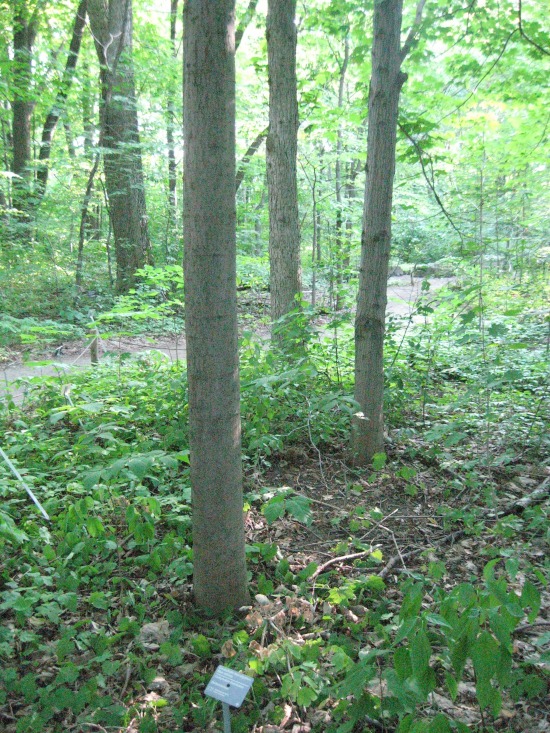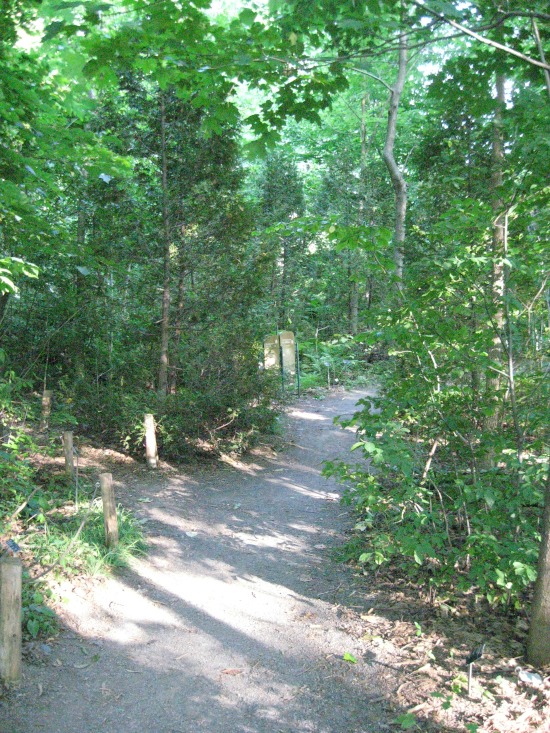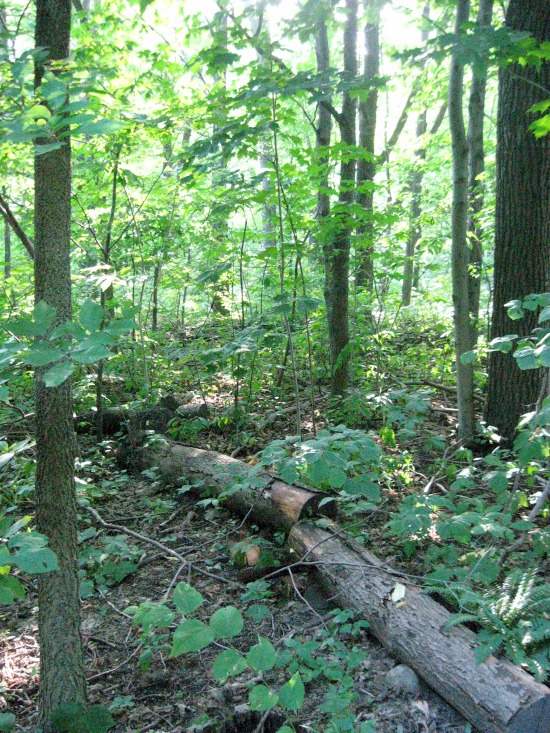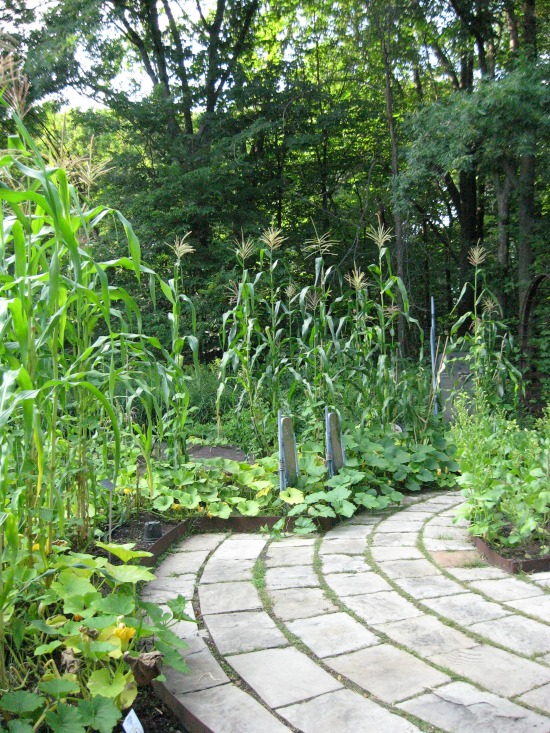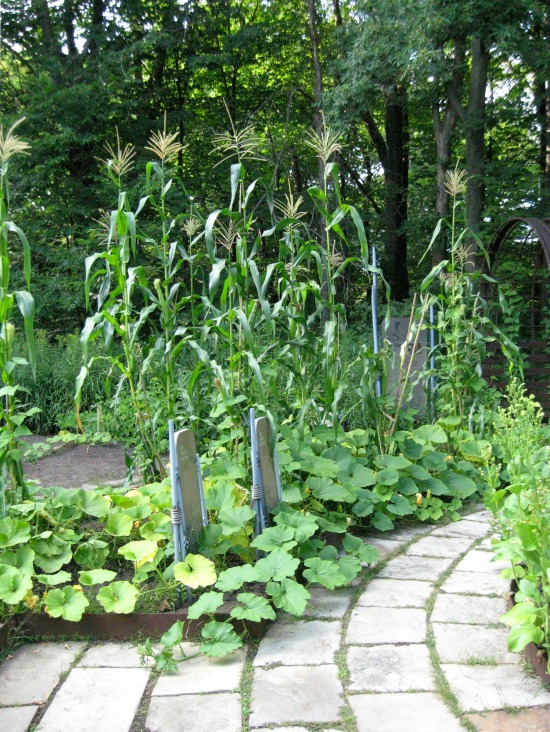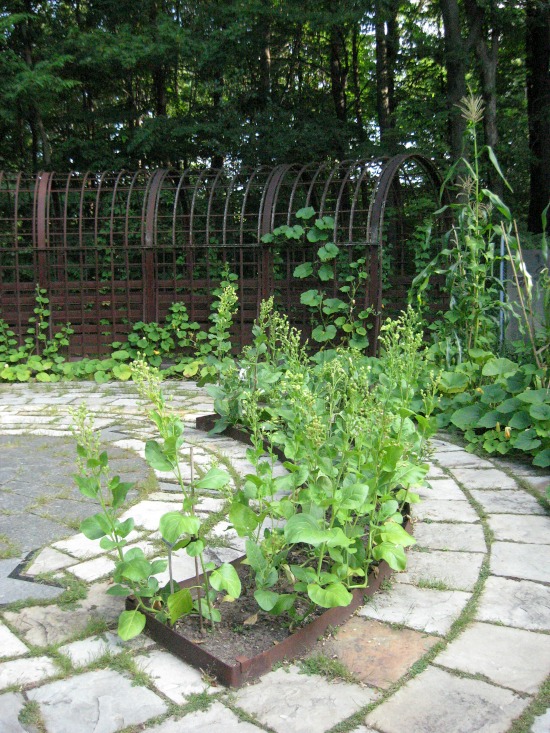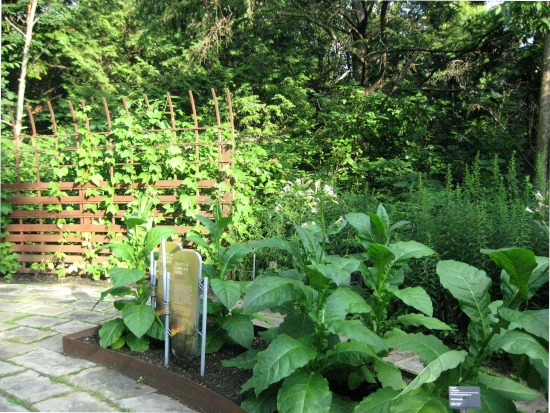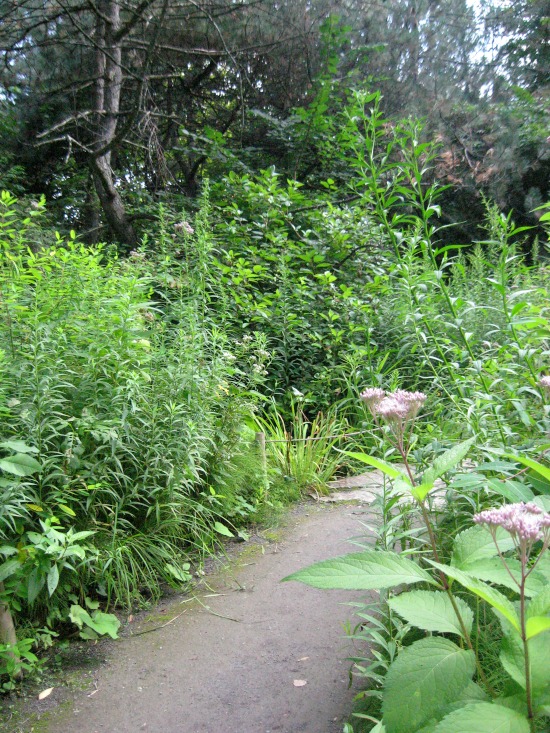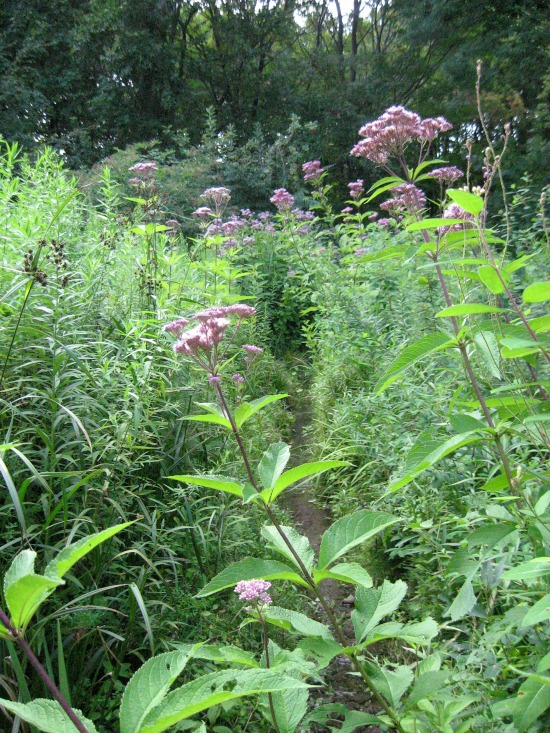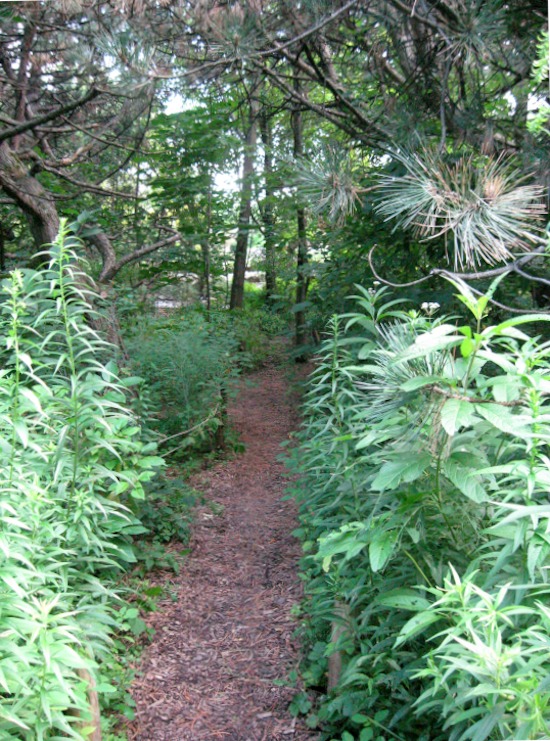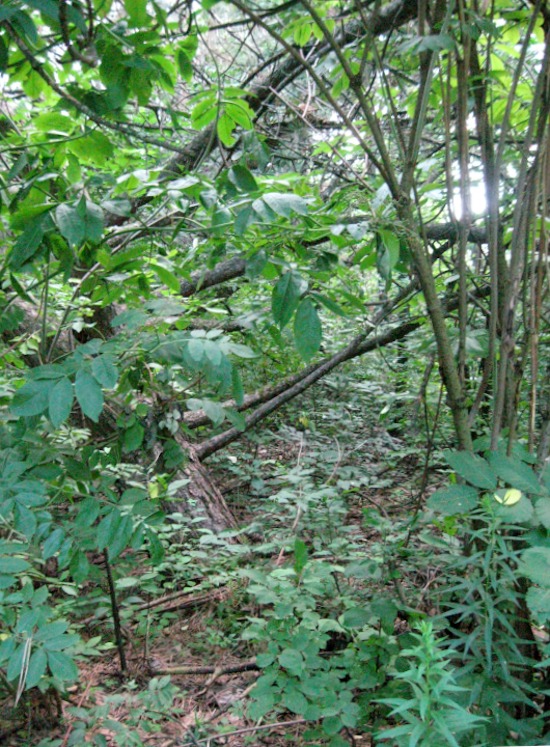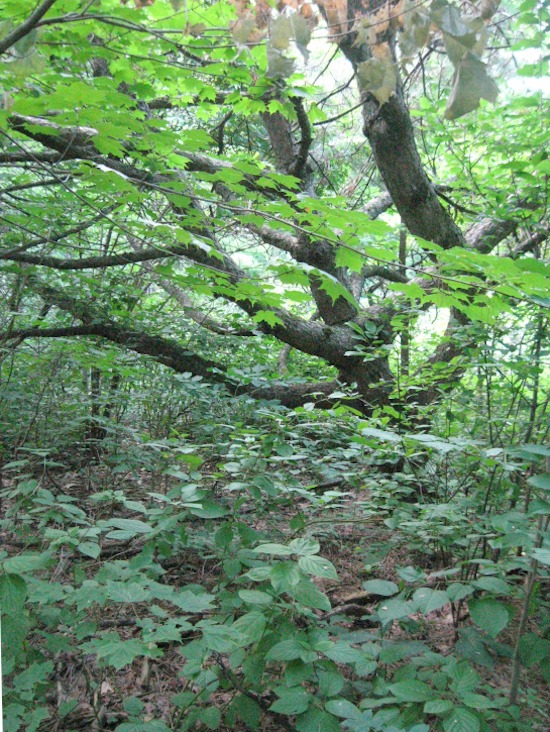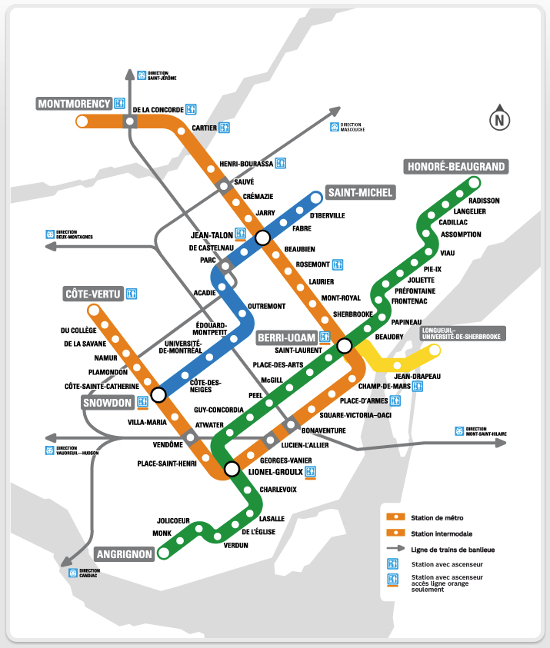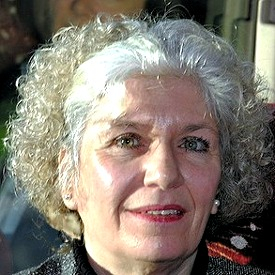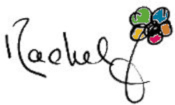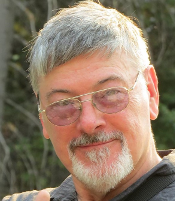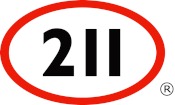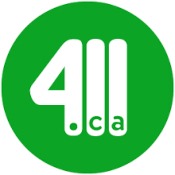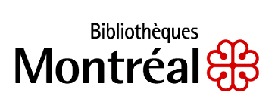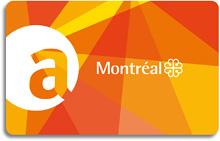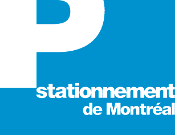Montreal Metro Green Line
At the Montreal Metro Green Line and at the other three lines, the STM points of sale at the metro vending machines and at any metro fare collector are operational from 5:30 AM to 1:00 AM Sundays to Fridays and from 5:30 AM to 1:30 AM on Saturdays. The average wait time between trains is eight minutes and three minutes during rush hour.
Honoré-Beaugrand - Montreal Metro Green Line
Opened: June 1976. Origin of the name: Journalist and novelist Honoré Beaugrand (1848-1906) founded La Patrie in 1879. A daily newspaper that became weekly in 1957 and that folded in 1978. Honoré Beaugrand was also mayor of the City of Montreal in 1885 and 1886.
Specific Aspect: An underground metro workshop and garage are located in the vicinity of the station. Entrance / Exit: Honoré-Beaugrand and Sherbrooke East Streets. Bicycle Parking Space: 84 bicycle stands are available outside the Honoré-Beaugrand station.
Radisson - Montreal Metro Green Line
Opened: June 1976. Origin of the name: Radisson refers to explorer Pierre-Esprit Radisson (circa 1640-1710), who, in 1670, founded the Hudson Bay Company, Canada's iconic department store.
Specific Aspect: Part of The Jackal (1997), a movie starring Richard Gere and Bruce Willis, was filmed in the Radisson station. Entrance / Exit: Sherbrooke Street East. Bicycle Parking Space: 31 bicycle stands are available outside the Radisson station.
Langelier - Montreal Metro Green Line
Opened: June 1976. Origin of the name: the Langelier station is named in honor of Sir François-Charles-Stanislas Langelier, 1838-1915, lawyer, politician and Lieutenant-Governor of the Province of Quebec in 1911.
Specific Aspect: There are nearly 1,200 L shaped seats throughout the station. Entrance / Exit: Sherbrooke Street East and Langelier Boulevard. Bicycle Parking Space: 56 bicycle stands are available outside the Langelier station.
Cadillac - Metro Green Line
Opened: June 1976. Origin of the name: de Cadillac commemorates Antoine Laumet, also known as de La Mothe, Sieur de Cadillac (1658-1730). A larger-than-life character in New France, de Cadillac founded the Detroit colony.
Specific Aspect: Initially, photos of the neighborhood were to adorn the station walls. Entrance / Exit: Sherbrooke and de Cadillac Streets. Bicycle parking space: 35 bicycle stands are available outside the Cadillac station.
de L'Assomption - Montreal Metro Green Line
Opened: June 1976. Origin of the name: de l'Assomption is a designation that refers to the Assumption of Mary being declared as a dogma by Pope Pius XII in 1950.
Specific Aspect: At first, the name of this station was to be named after Pierre-Joseph-Olivier Chauveau (1820-1890), a Canadian lawyer and politician and the first Premier of the province of Quebec after the foundation of Canada in 1867. Entrance / Exit: de l'Assomption Boulevard. Bicycle Parking Space: 14 bicycle stands are available outside the de l'Assomption station.
Viau - Montreal Metro Green Line
Opened: June 1976. Origin of the name: Viau commemorates Charles-Théodore Viau (1843-1898) who founded the Viau cookie factory in 1867 and who created the still popular Whippet chocolate cookies.
Specific Aspect: The Viau station houses the metro maintenance vehicles for night-time repair and maintenance work. Entrance / Exit: Pierre-de-Coubertin. Bicycle Parking Space: 56 bicycle stands are available outside the Viau station.
Pie IX - Montreal Metro Green Line
Opened: June 1976. Origin of the name: The station is named after Cardinal Mastai Ferretti (1792-1878) who was elected as Pope in 1846 and who chose the name Pius IX in honor of Pius VII (1742-1823) who encouraged his priesthood despite his childhood epilepsy.
Specific Aspect: At first, the brick walls of the station were supposed to be olive green. Entrance / Exit: Pie IX. Bicycle Parking Space: 56 bicycle stands are available outside the Pie IX station.
Joliette - Montreal Metro Green Line
Opened: June 1976. Origin of the name: Joliette refers to Barthélémy Joliette (1789-1850), who, in the mid-1820's, founded a village, industry Mills known today as the city of Joliette.
Specific Aspect: This station was designed by the same architect, Marcel Raby and features the same seats as the Pie-IX station. Entrance / Exit: Hochelaga Street. Bicycle Parking Space: 42 bicycle stands are available outside the Joliette station.
Préfontaine - Montreal Metro Green Line
Opened: June 2016. Origin of the name: The station commemorates Raymond-Fournier Préfontaine (1850-1905) who studied at the law faculty of McGill College. He became mayor of Hochelaga (1879-1883) before it was amalgamated and then mayor of Montreal (1888-1902).
Specific Aspect: At first, the name of the station was to be Moreau, after Jean-Guy Moreau (1943-2012) maybe, one of the first artists in Québec to pursue a career in caricature and impressions. Entrance / Exit: Hochelaga Street. Bicycle Parking Space: 35 bicycle stands are available outside the Préfontaine station.
Frontenac - Montreal Metro Green Line
Opened: December 1966. Origin of the name: The Frontenac station owes its name to Louis de Buade, Earl of Frontenac and Palluau (1622-1698), Governor General of New France from 1672 to 1682 and from 1689 to 1698.
Specific Aspect: The Frontenac metro station served as a terminus for the Green line from December 1966 to June 1976. Entrance / Exit: Ontario East. Bicycle Parking Space: 54 bicycle stands are available outside the Frontenac station.
Papineau - Montreal Metro Green Line
Opened: October 1966. Origin of the name: Papineau, named in honor of Joseph Papineau (1752-1841), notary, land surveyor, politician and father of Louis-Joseph Papineau (1786-1871) also a lawyer, landlord and leader of the reformist Patriote movement before the Lower Canada Rebellion of 1837–1838.
Specific Aspect: The Papineau station served as a terminus for the Green line from October to December 1966. Entrance / Exit: Cartier. Bicycle Parking Space: 42 bicycle stands are available outside the Papineau station.
Beaudry - Montreal Metro Green Line
Opened: December 1966. Specific Aspect: At 29 metres, both the Beaudry and the Charlevoix stations are the deepest of the entire metro network. Entrance / Exit: Ste-Catherine Street East. Bicycle Parking Space: None it seems.
Origin of the name: The station is named after Pierre Beaudry (1774–1848) the owner of a large farm in the then suburbs of Montreal. Beaudry bequeathed part of his land to the Diocese of Montreal and asked that a church be built and named after his patron, Saint-Pierre-Apôtre.
Berri-UQAM - Green, Orange & Yellow Lines
Opened: October 1966 - Green and Orange lines, April 1967 - Yellow line. Origin of the Name: Berri–UQAM is named after Berri Street first created in the 1690s and after the Université du Québec à Montréal (UQAM).
Special Aspect: The Berri-UQAM station can be accessed through La Grande Bibliothèque on De Maisonneuve East and through the UQAM, corner of Berri and Ste-Catherine. Entrance / Exit: Berri Street, Ste-Catherine Street East, de Maisonneuve Boulevard East and St-Denis Street. Bicycle Parking Space: None it seems.
Saint-Laurent - Montreal Metro Green Line
Opened: October 1966. Origin of name: The St-Laurent boulevard now divides the city in two, East on one side, West on the other but the street it once linked the City of Montreal to the St-Laurent Village.
Specific Aspect: The initial entrance of the St-Laurent station was suppose to be temporary as most entrances were at first. Entrance / Exit: de Maisonneuve boulevard East. Bicycle Parking Space: 14 bicycle stands are available outside the Saint-Laurent station.
Place des Arts - Montreal Metro Green Line
Opened: October 1966. Origin of name: The Place des Arts is a large cluster of cultural and artistic buildings, its biggest venue being the Salle Wilfrid-Pelletier inaugurated on September 21, 1963.
Specific Aspect: Former mayor Jean Drapeau insisted on giving the name Place des Arts to the station. Entrance / Exit: Jeanne-Mance Street, de Bleury Street and President-Kennedy Avenue. Bicycle Parking Space: 21 bicycle stands are available outside the Place des Arts station.
McGill - Montreal Metro Green Line
Opened: October 1966. Origin of name: McGill College Avenue leads to the McGill University established in 1821 as per the wishes of James McGill (1744-1813), a successful fur trader. Entrance / Exit: de Maisonneuve boulevard West, University Street and Union Avenue.
Specific Aspect: The station once housed a branch of the Montreal Public Libraries Network now called Bibliothèques de Montréal, the largest French language public library system in North America. Bicycle Parking Space: None it seems.
Peel - Montreal Metro Green Line
Specific Aspect: With 0.3 km only, the distance between Peel and McGill stations is the shortest. Entrance / Exit: Stanley Street and de Maisonneuve boulevard West. Bicycle Parking Space: None it seems.
Opened: October 1966. Origin of name: Sir Robert Peel (1788-1850) 2nd baronet and Fellow of the Royal Society served twice as Prime Minister of the United Kingdom and twice as Home Secretary. Peel is also the British politician who created the London police force, nicknamed "bobbies".
Guy-Concordia - Montreal Metro Green Line
Opened: October 1966. Specific Aspect: Between 1966 to 1987 the name of the station was simply Guy. Entrance / Exit: Guy Street and de Maisonneuve Boulevard West. Bicycle Parking Space: None it seems.
Origin of the name: Étienne Guy (1774-1820) was elected in 1796 at the Legislative Assembly of Lower Canada in Montreal, qualified as a surveyor in 1798 and served in the local militia during the war of 1812 between United States and Britain & Ireland.
In 1974, the Loyola College and the Sir George William University merged and became the Concordia University. Concordia salus in latin, "well-being through harmony" in English and a reference to the motto of the City of Montreal.
Atwater - Montreal Metro Green Line
Specific Aspect: From October 1966 to September 1978, the Atwater station served as a terminus for the Green line. Entrance / Exit: de Maisonneuve Boulevard West and Ste-Catherine Street West. Bicycle Parking Space: None it seems.
Opened: October 1966. Origin of name: Edwin Atwater (1808-1874) a businessman, corporate director and municipal politician in Montreal who promoted the construction of the open-air Canal de l'Aqueduc that still serves part of the drinking water of the City of Montreal.
Lionel Groulx - Montreal Metro Green Line
Opened: September 1978 (Green line) and April 1980 (Orange line). Origin of the name: The station commemorates clergyman Lionel Groulx (1878-1967) who maintained anti-Semitic statements and positions.
A petition is now being circulated by Montrealers asking the City to rename the station after the African-Canadian jazz pianist Oscar Peterson (1925-2007).
Specific Aspect: The original name of the station was to be Albert for unknown reasons. Entrance / Exit: Atwater Street. Bicycle Parking Space: 95 bicycle stands are available outside the Lionel-Groulx station.
Charlevoix - Montreal Metro Green Line
Opened: September 1978. Origin of the name: In memory of Pierre François Xavier de Charlevoix (1682-1761) a French Jesuit priest, traveler and often considered the first historian of New France.
Specific Aspect: At 14 metres below sea level, the Charlevoix metro station is the lowest of the entire network. Entrance / Exit: Centre Street. Bicycle Parking Space: 21 bicycle stands are available outside the Charlevoix station.
LaSalle - Montreal Metro Green Line
Opened: September 1978. Origin of the name: In tribute to explorer René-Robert Cavelier, Sieur de LaSalle (1643-1687) who arrived in New France in 1667 and who became obsessed with the search of a route to the Orient.
Specific Aspect: The slanted ceilings of the station are a reminder of all the factories of the LaSalle borough. Entrance / Exit: Caisse Street. Bicycle Parking Space: 42 bicycle stands are available outside the Saint-Michel station.
de l'Église - Montreal Metro Green Line
Opened: September 1978. Origin of the name: The first and the second Saint-Paul church burned but not the third built of iron and concrete by J.A. Godin, architect, stained glass by Guido Nincheri.
Specific Aspect: de l'Église is the only station where the superimposed platforms are both located on the left side of the train. Entrance / Exit: Galt Avenue and de l'Église Street. Bicycle Parking Space: 21 bicycle stands are available outside de l'Église station.
Verdun - Montreal Metro Green Line
Opened: September 1978. Origin of the name: Zacharie Dupuy (1608 or 1610-1676), a soldier and a seigneur sometimes called sieur de Verdun served as acting governor of Montreal in 1662, from 1665 to 1666 and from 1667 to 1668.
Specific Aspect: The architect, Jean-Maurice Dubé, who designed the Verdun station also designed the neighboring school. Entrance / Exit: Verdun Street. Bicycle Parking Space: 72 bicycle stands are available outside the Verdun station.
Jolicoeur - Montreal Metro Green Line
Opened: September 1978. Origin of the name: In 1906 a parish was created for the benefit of the local Catholic population and, Joseph-Moïse Jolicœur became the first parish priest.
Specific Aspect: The entrance of the Jolicoeur station is in accordance with the modern design style of Ludwig Mies van der Rohe, a German-American architect. Entrance / Exit: Drake Street. Bicycle Parking Space: 28 bicycle stands are available outside the Jolicoeur station.
Monk - Montreal Metro Green Line
Opened: September 1978. Origin of the name: Monk refers to several members of the Monk family, including Sir James Monk (1745-1826) who, as Chief Justice of Lower Canada, played a significant role in the abolition of slavery in British North America in 1819.
Specific Aspect: At first, the name of the station was to be Allard after Joseph Allard (1873-1947) a Canadian fiddler and composer and one of the first French Canadian fiddlers to record commercially. Bicycle Parking Space: 56 bicycle stands are available outside the Saint-Michel station. Entrance / Exit: Monk Boulevard.
Angrignon - Montreal Metro Green Line
Opened: September 1978. Origin of the name: Named after J.-B.-Arthur Angrignon (1875-1948), alderman (next in status to the Mayor) for the district of Saint-Paul from 1921 to 1934 and member of the Montreal Executive Committee from 1928 to 1930.
Specific Aspect: At a depth of only 4.3 meters, both the Angrignon and the Longueuil-Université-de-Sherbrooke stations are the closest to the surface. Entrance / Exit: des Trinitaires Boulevard. Bicycle Parking Space: 84 bicycle stands are available outside the Angrignon station.
Montreal Kits - Montreal Metro Green Line
Disclaimer Keep in Touch! Montreal Tourism
Privacy Policy Rachel Louise Barry Sitemap
Montreal Kits © All Rights Reserved 2018-2024
The information provided by Montreal Kits is informational only and has no legal value.







